
Code: 15209516
Analysis of a learner's interlanguage
by Nora Thyen
Seminar paper from the year 2011 in the subject English - Pedagogy, Didactics, Literature Studies, grade: 2,0, , language: English, abstract: When learning a foreign language errors occur. This is natural and can even help student ... more
- Language:
 English
English - Binding: Paperback
- Number of pages: 20
Publisher: Grin Publishing, 2016
- More about this

37.74 €
RRP: 38.47 €
You save 0.73 €

In stock at our supplier
Shipping in 15 - 20 days
You might also like
-
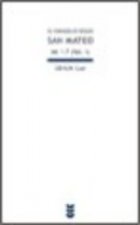
Mt 1-7
47.41 € -
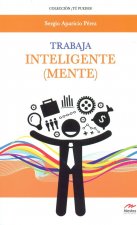
Trabaja Inteligente(mente)
12.47 € -

Aspekte der Naturthematik und Wirklichkeitserfassung bei Theophile de Viau, Saint-Amant und Tristan l'Hermite
92.01 € -
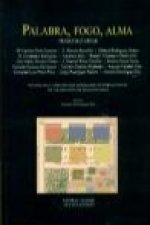
Palabra, fogo, alma : (traducir é crear) : textos de la V edición do Seminario Internacional de Tradución de Rianxo, 2004
48.21 € -4 % -

Beitrage zur Geschichte der franzoesischen Sprache in England
29.09 € -2 % -

Fortschritte der Geologie der Tertiarkhole, Kreidekohle, Jurakohle und Triaskohle
25.76 € -2 %
Give this book as a present today
- Order book and choose Gift Order.
- We will send you book gift voucher at once. You can give it out to anyone.
- Book will be send to donee, nothing more to care about.
More about Analysis of a learner's interlanguage
You get 95 loyalty points
 Book synopsis
Book synopsis
Seminar paper from the year 2011 in the subject English - Pedagogy, Didactics, Literature Studies, grade: 2,0, , language: English, abstract: When learning a foreign language errors occur. This is natural and can even help students improve their performances in the target language, which justifies the relevance of error analysis. Only if you are aware of and only if you understand your own errors you can try and avoid them in the future and thus improve your performance. Below I will illustrate different kinds of errors that can occur in the second language acquisition process mainly referring to non-native English speakers learning English as a foreign language in the classroom. This process is a very individual and idiosyncratic one, i.e. each student develops his or her own interlanguage when learning a new language. An IL is defined as a "language which is between two languages, the learner's L1 and an L2" (Faerch, Haastrup & Phillipson, 1984, p. 269). An IL typically shows features of both the learner's L1 and his or her L2. But there can also be found features not seeming to have anything to do with either L1 or L2. According to Yule (2006) an IL is a variable system, i.e. it changes continually. It has its own rules (Yule, 2006). This hypothesis originally comes from Selinker. According to him, there are processes characteristic of interlanguages, which leads to the interlingual errors (see 3.3 explanation). But first I will take a closer look at the possible causes of errors and after that the ways of dealing with learners' errors will be examined and in the second part of this paper a learner text containing errors typical of the second language learning process will be analyzed.
 Book details
Book details
Book category Books in English Language Language: reference & general
37.74 €
- Full title: Analysis of a learner's interlanguage
- Author: Nora Thyen
- Language:
 English
English - Binding: Paperback
- Number of pages: 20
- EAN: 9783668315013
- ISBN: 3668315019
- ID: 15209516
- Publisher: Grin Publishing
- Weight: 54 g
- Dimensions: 254 × 178 × 1 mm
- Date of publishing: 20. October 2016
Trending among others
-

Save the Cat! Writes a Novel
13.38 € -24 % -

Japanese Stories for Language Learners
15.70 € -17 % -

Remembering the Kanji 1
43.78 € -
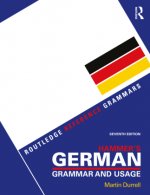
Hammer's German Grammar and Usage
50.53 € -

Egy Szo Mint Szaz: Magyar-Angol Tematikus Szokincstar / Hungarian-English Vocabulary by Topic
46.10 € -

Listening Korean For Beginners (with Cd)
29.19 € -4 % -

Intermediate Japanese Textbook
24.86 € -18 % -

Oxford A-Z of Grammar and Punctuation
9.76 € -28 % -

Basics of Biblical Greek Workbook
18.21 € -28 % -
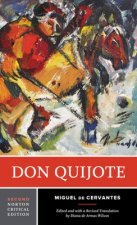
Don Quijote
23.55 € -1 % -

Basics of Biblical Greek Grammar
42.68 € -28 % -

German Grammar in Context
64.42 € -

Korean Phrase Book For Travelers
12.88 € -15 % -

MI6 Spy Skills for Civilians
12.37 € -27 % -
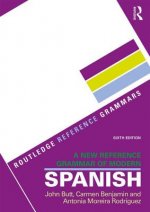
New Reference Grammar of Modern Spanish
48.42 € -11 % -

Colloquial Icelandic
82.24 € -
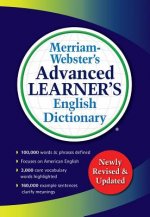
Merriam-Webster s Advanced Learner's English Dictionary
31.30 € -3 % -

Mandarin Chinese for Beginners
15.70 € -21 % -
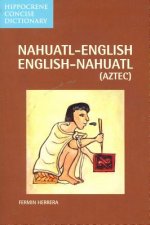
Nahuatl-English/English-Nahuatl Concise Dictionary
11.97 € -25 % -

Salamaat! Learning Arabic with Ease
25.56 € -16 % -

Basics of Biblical Hebrew Grammar
45.39 € -24 % -
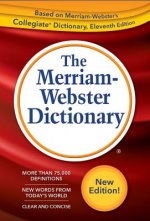
Merriam-Webster Dictionary
12.47 € -26 % -

Writing Korean For Beginners
32.81 € -4 % -

English Vocabulary Builder Workbook (200 Lessons)
18.82 € -2 % -

Routledge Introductory Course in Modern Hebrew
56.67 € -

Testuj Swoj Polski - Slownictwo 1 Plus
14.59 € -

Easy Learning English Idioms
8.95 € -22 % -

Speaking Korean For Beginners (with Cd)
22.84 € -14 % -

V Puti
48.42 € -13 % -

Pashto Grammar
17.10 € -
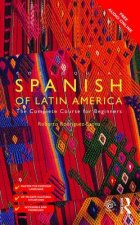
Colloquial Spanish of Latin America
65.43 € -6 % -
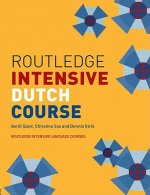
Routledge Intensive Dutch Course
69.56 € -

Bildwörterbuch Deutsch - Ungarisch / Képes szótár német - magyar
18.62 € -
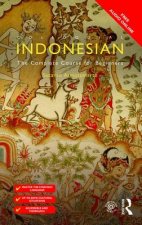
Colloquial Indonesian
71.57 € -10 % -

Einführung in die deutsche Sprachgeschichte
27.07 € -

Great Gatsby
15.80 € -

How Languages Work
67.85 € -

Hallo, Itt Magyarorszag! (Hungarian for Foreigners). by Direct Method
39.76 € -11 % -

VITAL VOICES 100 WOMEN USING THEIR POWER
71.27 € -

Colloquial Breton
111.94 € -

Colloquial Welsh
61.81 € -9 % -

Grammar of the Tamil Language with Appendix
23.15 € -22 % -

Anthology of Arabic Literature, Culture, and Thought from Pre-Islamic Times to the Present
66.24 € -17 % -

Czech
46.80 € -9 % -

Gnostic Devil in Bulgakov's 'Master and Margerita'
14.59 € -9 % -

Frequency Dictionary of German
46.60 € -4 % -
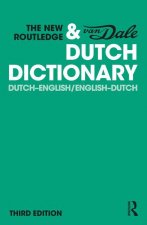
New Routledge & Van Dale Dutch Dictionary
69.15 € -4 % -
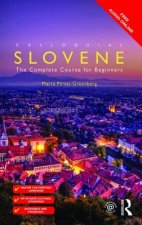
Colloquial Slovene
90.30 € -13 % -

Merriam-Webster's Intermediate Visual Dictionary
16.90 € -18 %
Collection points Bratislava a 2642 dalších
Copyright ©2008-24 najlacnejsie-knihy.sk All rights reservedPrivacyCookies


 15549 collection points
15549 collection points Delivery 2.99 €
Delivery 2.99 € 02/210 210 99 (8-15.30h)
02/210 210 99 (8-15.30h)